Molding Your Child’s Plastic Imagination
Have you ever heard people say they’re not creative?
Maybe they say they can’t draw, play instruments, or write novels.
Creativity and imagination give us more than art or critical thinking skills (ways we evaluate problems from new angles). In fact, imagination is the ability to speculate. This kind of creativity fuels work, daily life, and the worship of an invisible God.
Mirroring our spiritual growth, we can nurture our imaginations, developing this gift for the glory of God. This isn’t just an optional enjoyment. It’s an act of obedience.
Genesis 1:28 commands us to fill and subdue the earth, implying the use of a God-given imagination to become creators in imitation of God. Just like our own attempts at creating the way God does, children play house, build towers, and drive toy cars in imitation of parents.
But imagination isn’t something that grows only in childhood. Did you know that, like your imagination, your brain is plastic? Yes, your grey matter is flexible, moldable, and susceptible to its environment. It even has the ability to rewire and heal. (Neuroplasticity—the brain’s ability to change itself—is becoming more widely studied by neuroscientists.)
For years scientists thought that only children have plastic brains. Yet, in the last few decades, they’ve realized that everyone, regardless of age, has the ability to rewire their brain. The habits we form and the games we play have a much greater influence on our bodies than we realize.
However, your imagination is not just a dreamy fairy world inside your head.
As J. R. R. Tolkien says in his essay, “On Fairy Stories,” your imagination shows “images of things that are not only ‘not actually present,’ but which are indeed not to be found in our primary world at all . . .” In other words, imagination means that you close your eyes and see something that isn’t really there, or that doesn’t exist in reality.
There’s value in that seeing, like peering out from Eden and imagining a world of possibilities.
Tolkien continues, “That the images are of things not in the primary world (if that indeed is possible) is a virtue, not a vice. Fantasy (in this sense) is, I think, not a lower but a higher form of Art, indeed the most nearly pure form, and so (when achieved) the most potent.”
Parents, you can begin to strengthen your child’s imagination from infancy. The home environment can either foster speculative thinking or impede it.
For infants and toddlers, begin by redirect your baby’s expectations with a game like peek-a-boo. When they get a little older (six months and up), they will start to initiate. Another favorite game of mine is what I call, “Monster Eat You.” In this game, I use my best monster voice and pretend to eat my baby with plenty of, “Mmmm yummy Johnny!”
Other activities for your infant include traditional standbys like “This Little Piggy,” puppets, and pretending that inanimate objects can talk.
When children reach preschool and kindergarten, they can usually create stories. It’s important for a small child to learn how to visualize written and verbal imagery rather than always being force-fed visuals. One of the best ways to help your preschooler create clear pictures in their head is with Fill-in-the-Blank Storytelling. Co-create a story with your child by asking leading questions. Here’s an example:
Parent: “Once upon a time, Princess Silvia went on a walk with her pet dragon. What color was her dress? What did the dragon look like?”
Child: “Sparkly pink! The dragon is green with wings and it breathes water.”
Parent: “Where are they going on their walk?”
Child: “They went to the city to see a friend, Princess Rainbow Glorious Butterfly.”
Parent: “The two friends decided to go on an adventure. Where did they go?”
Child: “They went to the pool and climbed mountains.”
You can also listen to story podcasts, or pretend with faceless toys or objects—such as casting their crayons as a family, race cars, or animals.
Elementary grades offer a great time for kids to become involved in community theater. This offers many benefits for a child, but acting specifically enhances imagination through empathy for characters. The stage is also less fleshed out than film, and both audience and actors must suspend their disbelief to be fully immersed in the story.
Television in moderation can also feed the imagination. Strange or out-of-the-box movies provide a visual feast, and allow the child to temporarily sink into another person’s mind and experiences. Of course, you can also try RPG board games like Mice and Mystics or Stuffed Fables.
For pre-teens and teens, homebrew tabletop role-playing games or live-action role-playing games have a controversial reputation. But in their simplest forms, these options are merely cooperative storytelling, one of the best exercises in imaginative subcreation. You can also suggest playing the card game Once Upon a Time, watching homemade films, and, of course, reading speculative fiction. Writing fiction is also a good creative exercise.
Taking the time to exercise and strengthen your imagination enhances worship. As Nancy Pearcey says, “The ideal human existence is not eternal leisure or an endless vacation . . . but creative effort expended for the glory of God and the benefit of others.” In order to for you, your family, even your church to have joy and truly flourish in the Lord, you can’t neglect God’s mandate for creativity and imagination.



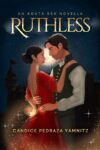
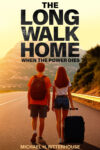
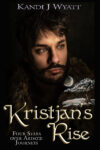



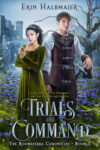
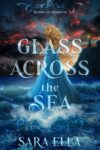

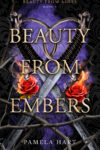
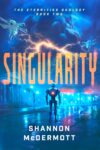
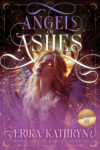

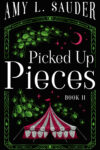
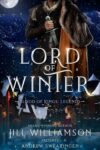



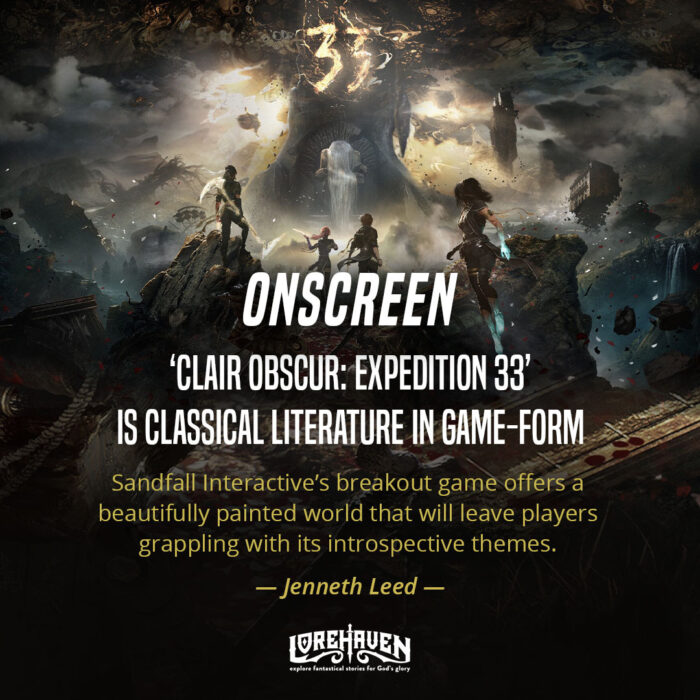


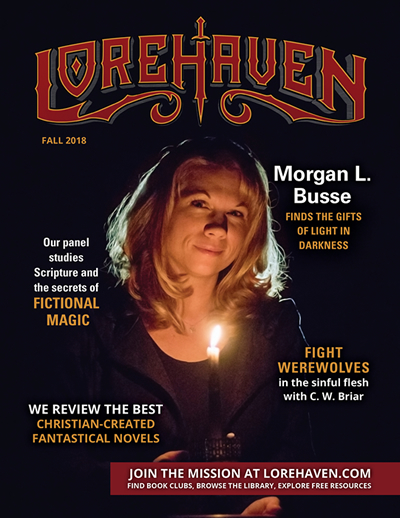

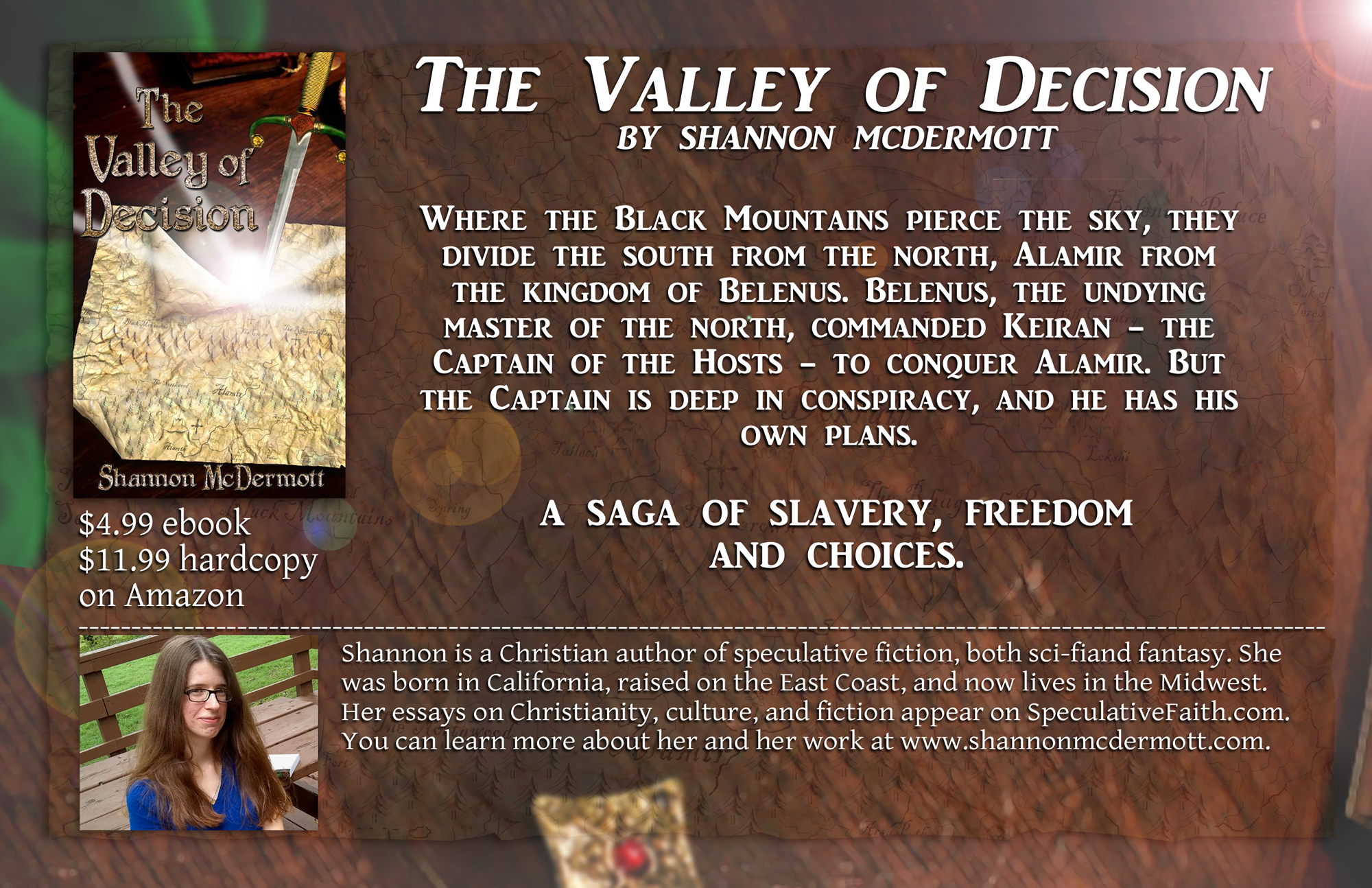

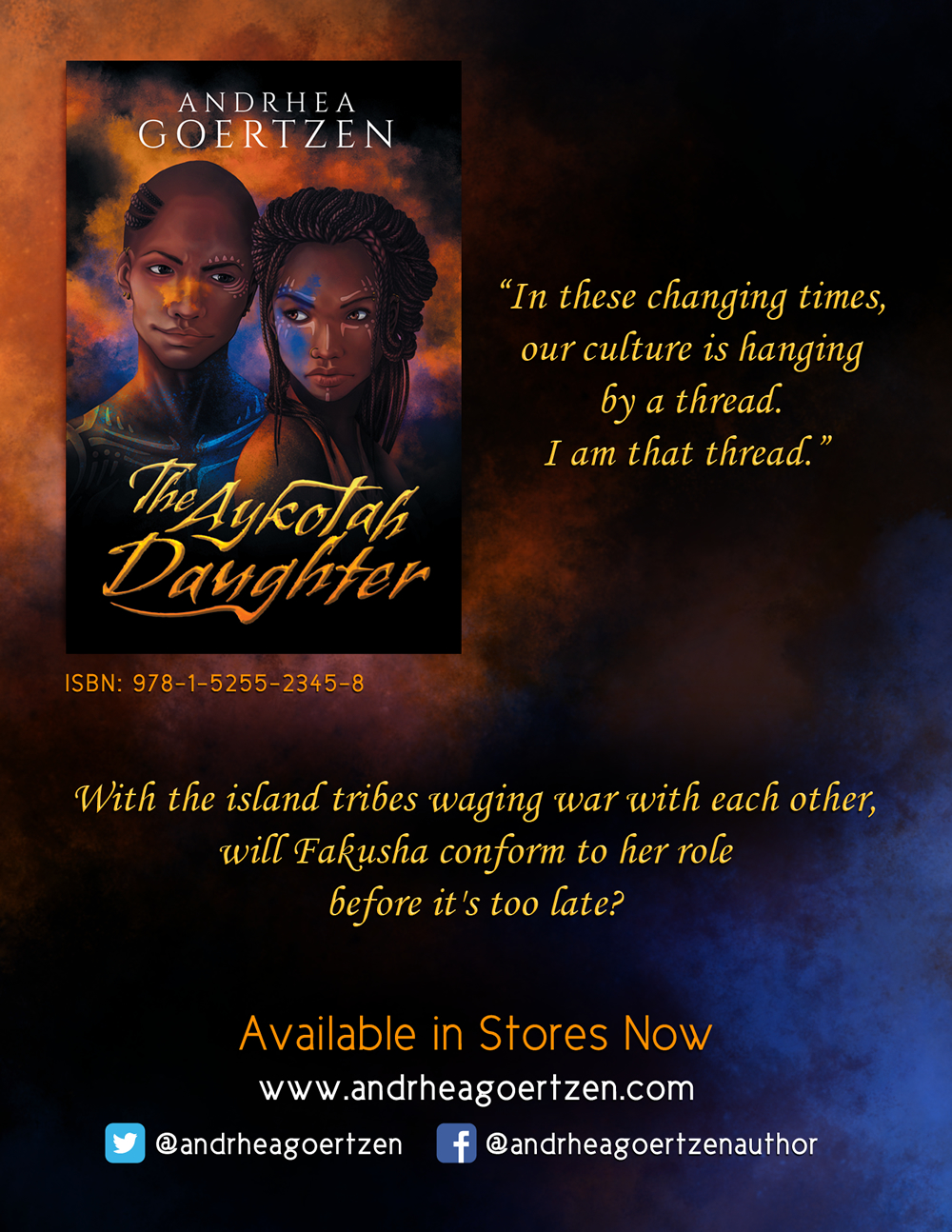






Share your fantastical thoughts.